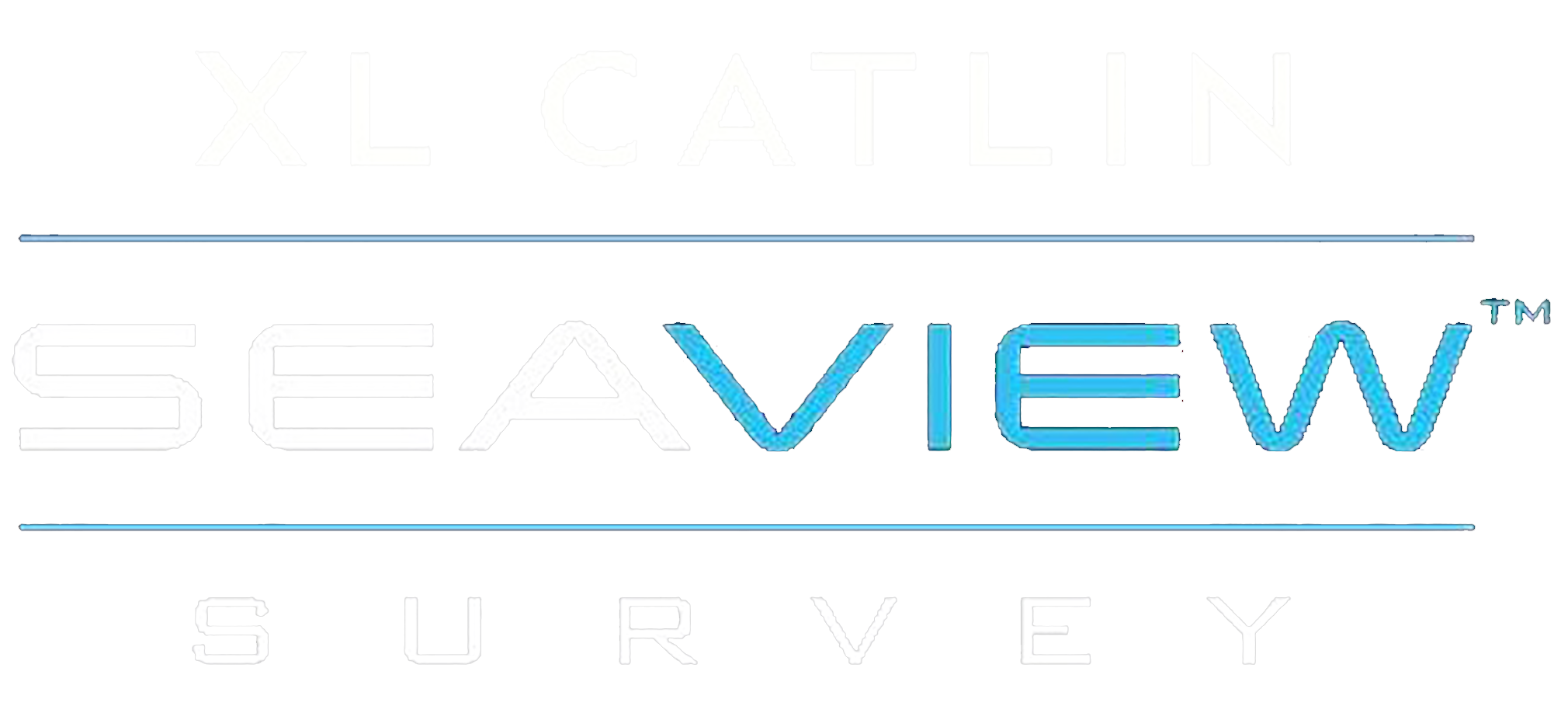the science IS
GAME-CHANGING
Game-changing RESEARCH, led by Professor Ove Hoegh-Guldberg and his team at the global change institute at The University of Queensland
LARGEST OPEN-SOURCE BASELINE DATA SET
The baseline data and analysis from the XL Catlin Seaview Survey has been made available to the world through the Global Reef Record and UQ’s data repository. These online databases are accessible to all, allowing multiple stakeholders to have access to the imagery. The vision here is to allow other experts and the public the opportunity to investigate the changes happening on our coral reefs.
The Global Reef Record additionally draws on data donated by many of the world's leading ocean and environmental scientific bodies including; The University of Queensland, The National Oceanic & Atmospheric Administration (NOAA), Scripps Institution of Oceanography in San Diego, the International Union for the Conservation of Nature (IUCN) and the World Resources Institute.
GAME-CHANGING SCIENTIFIC ANALYSIS
The XL Catlin Seaview Survey uses innovative technology to capture the valuable high-volume scientific data. Given the scale of the data collected and the analysis required, cutting edge computer-learning techniques and advanced image recognition was also developed and applied. These innovations allowed vast numbers of images of reef conditions to be analysed in weeks rather than years (>900 times) with accuracy matching a human expert.
The researchers used a neural-networking algorithm, which is a deep-learning system whereby the computer learns to classify what it sees in the images of the reef. The team analysed coral reef communities across large areas to look at four main themes: identifying coral patterns and textures; providing insights on habitats and the role they play in the ecosystem; identifying coral reef coverage; and examining the three dimensional structure of coral reefs. To date, more than one million image quadrats have been successfully annotated using artificial intelligence and image recognition and more than 354,000 classified images with detailed scientific information have also been provided to the Global Reef Record and UQ’s data repository. This approach has allowed the team to assess the health of coral reefs and support coral reef conservation at unprecedented rates.
SHALLOW reef
Surveys
The shallow reef (located between 0-30 m depth) is the part of the reef which is most widely recognised by people around the world.
It contains a wide variety of corals which are likened to the ‘rainforests of the sea’ as they contain 25% of all marine species. Each Shallow Reef survey (and there can be 4 or 5 at each reef) is approximately 2km in length. The team use the SVII camera system at an average depth of 8m on these shallow reef surveys. Each image is accurately geo-referenced, allowing sites to be revisited so that any changes can be assessed over time. The techniques used in the photographic survey also allow for the assessment of the 3D structure of the reefs. Understanding the structural complexity of coral reefs is important in monitoring the health of these ecosystems. Reefs that have been impacted by climate change or human activities often lose their structure, which is key to the biodiversity living there, and the ability of reefs to form and maintain ocean barriers and other important structures within the marine environment. The survey captured a total of 686,600 geo-referenced 360-degree images in 23 countries (providing in excess of a million quadrat images) across 1,400 km of reef scape.
deep reef
surveys
The XL Catlin Seaview Survey was far more than just a visual survey of shallow reefs, its aim was to create a broad-scale baseline record of the reef system, studying it across its full depth range down to 125 m using highly specialised equipment.
The project included more than 50 Remote Operated Vehicle (ROV) deployments to investigate deep reefs. Temperature monitoring stations were deployed to provide better insight on the ability for deep reefs to act as a refuge from increased surface seawater temperatures. Deep reef coral specimens and tissue samples were collected to determine any genetic connections between the shallow and deep reef corals.
Over 3,000 samples from the Great Barrier Reef and Coral Sea expedition now mean the Museum of Tropical Queensland now has the largest deep water coral collection in the world. More than 8,000 coral specimens in total were collected throughout the project (now in museum collections). Researchers have discovered reef coral at greater depths than ever known for the Great Barrier Reef and in the Coral Sea. Seven new coral species have been described.
SCIENTIFIC PAPERS
The data stemming from the project has contributed to an ever-growing number of research papers. See our online listing of papers by clicking on the button below.
key COLLABORATORS
The science of the XL Catlin Seaview Survey has been significantly enhanced by the extensive number of partnerships and collaborations formed over the years.





